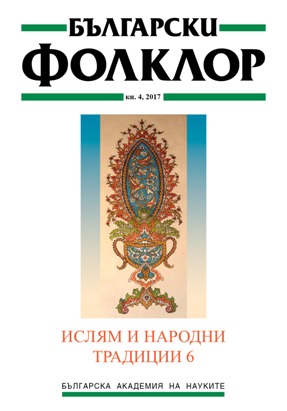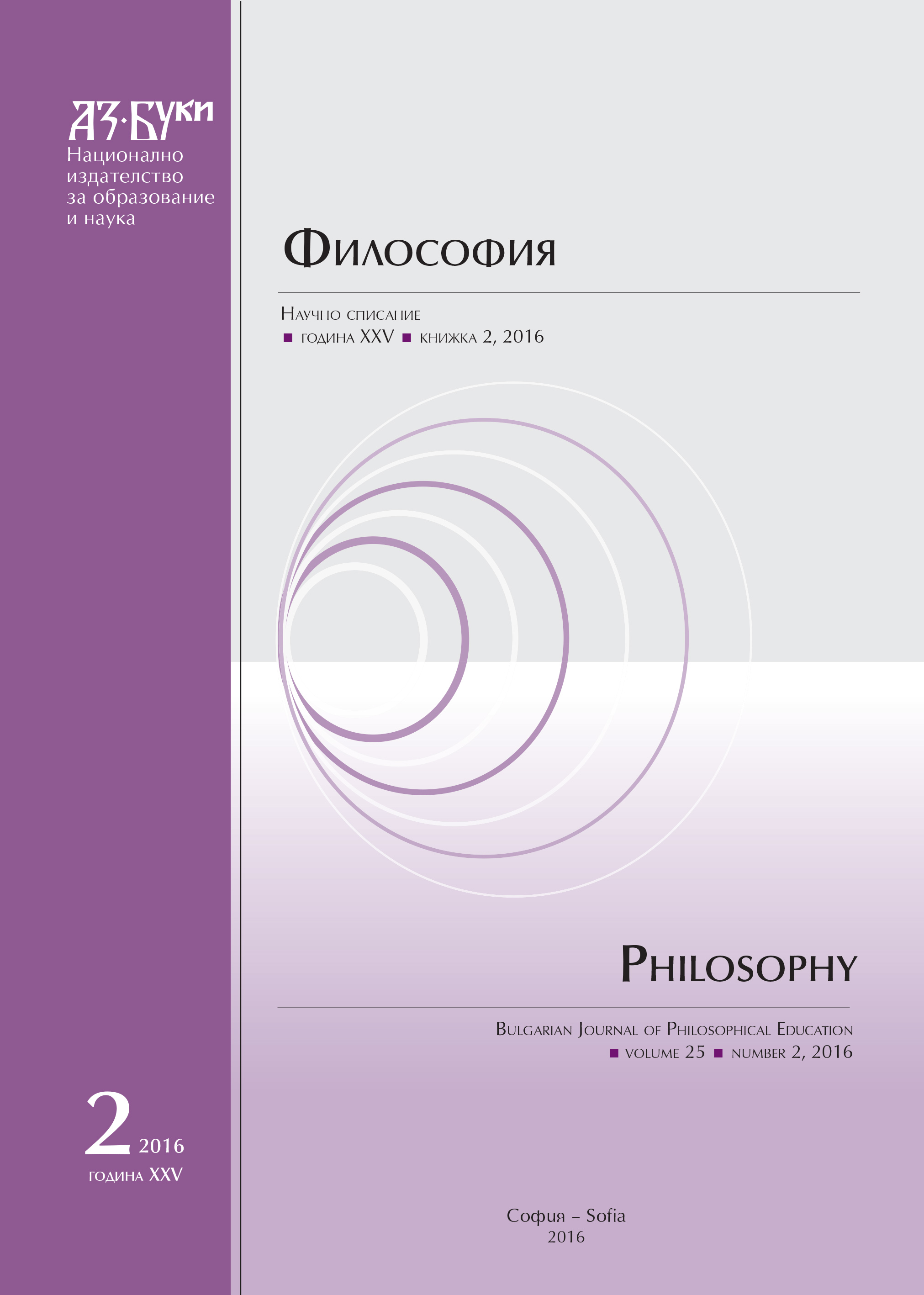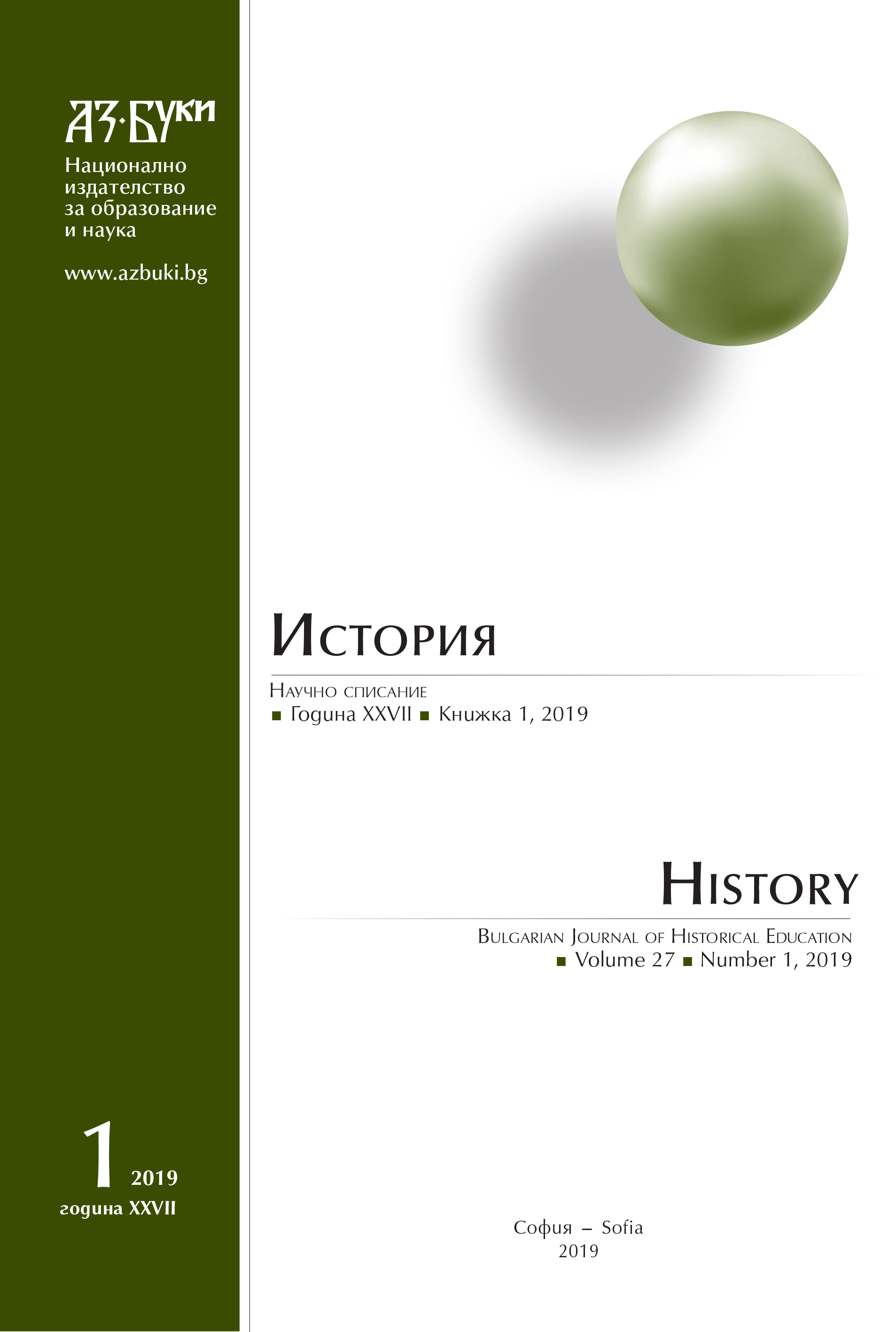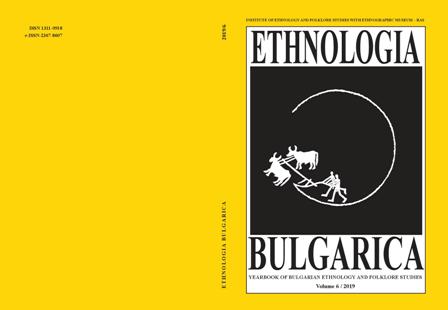ТРАКТОВКИ ХАДИСА О РАСКОЛЕ УММЫ В ТРУДАХ ТАТАРСКИХ РЕФОРМАТОРОВ ИСЛАМА
The article deals with the opinions of Tatar theologists who were the representatives of the so-called Jadidism – a reformatory movement of Tatar Muslims that took place in the 19th and early 20th centuries – in relation to the Prophet Muhammad’s saying about the schism in his community and the afterlife salvation of only one of its groups. The analysis is based on the theological works of four prominent Tatar scholars of Islam: A. Kursavi, Sh. Marjani, R. Fakhretdinov, and M. Bigiev. These works are studied in chronological order to reveal the evolution of the views concerning the entire Muslim reformatory movement among the Tatars in general. In addition, the question as to whether the Tatar theological heritage can foster tolerance among modern Muslims is considered.
More...













